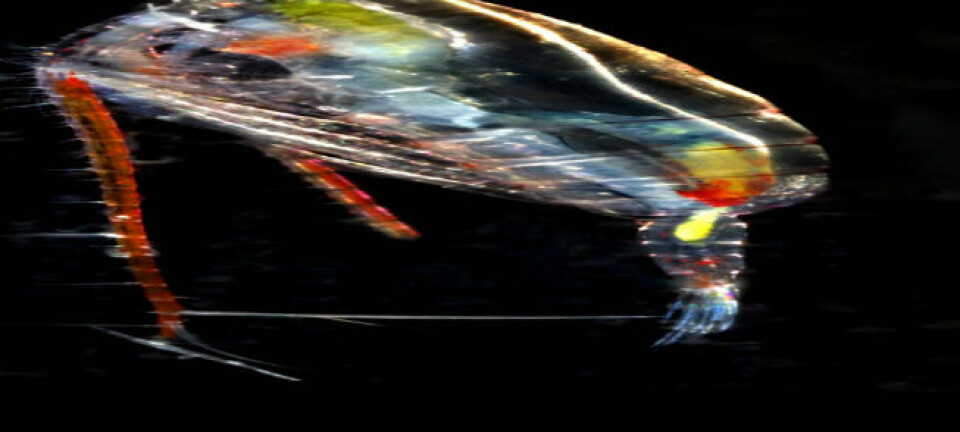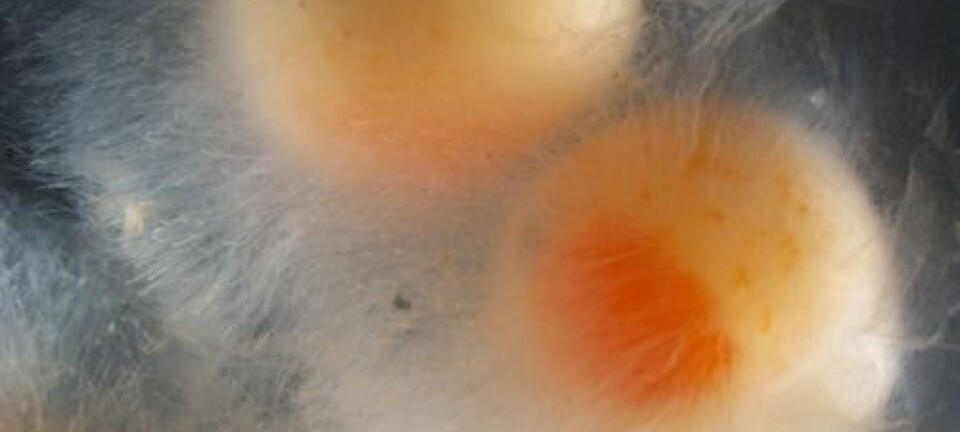An article from The Academy of Finland
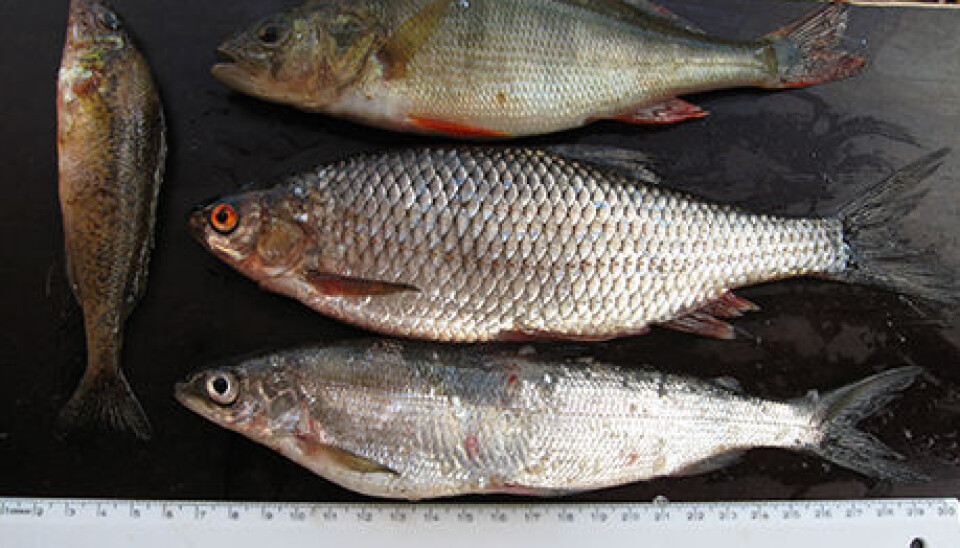
The warming waters lure perch to extend its range northwards
Due to global warming, perch, ruffe, roach and ide are found further north than before.
Climate change is a huge challenge with various effects around the globe, and the impact is greatest in the arctic areas.
Fluctuating temperatures and weather conditions affect the layer of ice and snow, changing the length of the growing season. The changing climate conditions also affect the traditional Nordic livelihoods.
Together with his research group, Kimmo Kahilainen at the University of Helsinki, studies the effects of climate change on the fish communities in subarctic lakes, and their habitats. The research project is part of the Academy of Finland's research programme focusing on the effects and management of climate change.
"Fluctuations in weather conditions affect reindeer herding, for example. Rain alternating with sub-zero temperatures leaves the ground extremely hard making it difficult for the reindeer to find and extract food," Kahilainen explains.
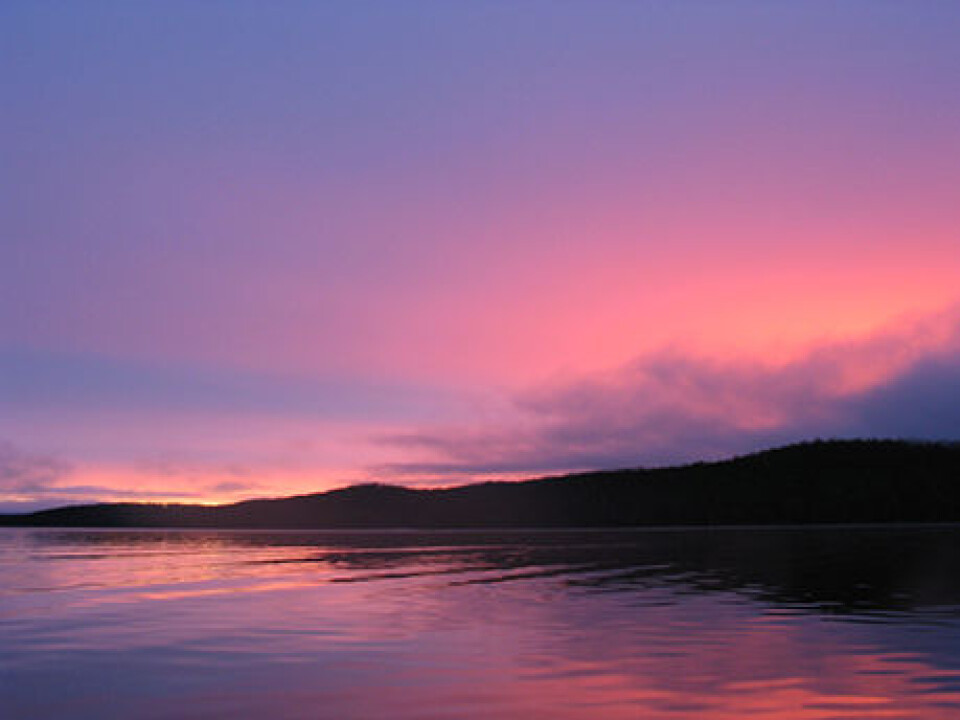
The warming climate also affects the northern fish communities, which is the focus of Kahilainen's study. The longer growing season enables warm-water perch, in particular, to thrive in the northern lakes.
"Over the past thirty years and especially during the 21st century, air temperatures during the open water season have increased in the area spanning from Tornio to Kilpisjärvi. Traditionally, perch, ruffe, roach and ide have not been found in the coldest waters, but as the water systems become warmer, they are extending their range northwards."
Kahilainen conducts research at the Kilpisjärvi Biological Station.
For a fish biologist, the Tornio and Muonio Rivers with their surrounding lake systems offer an ideal research environment - there are no dams, the number of different fish species increases towards the lower course, and the temperature difference between Ylitornio in the lower course and Kilpisjärvi in the upper course is three degrees.
A slimy invader with gleaming eyes threatens the northern whitefish
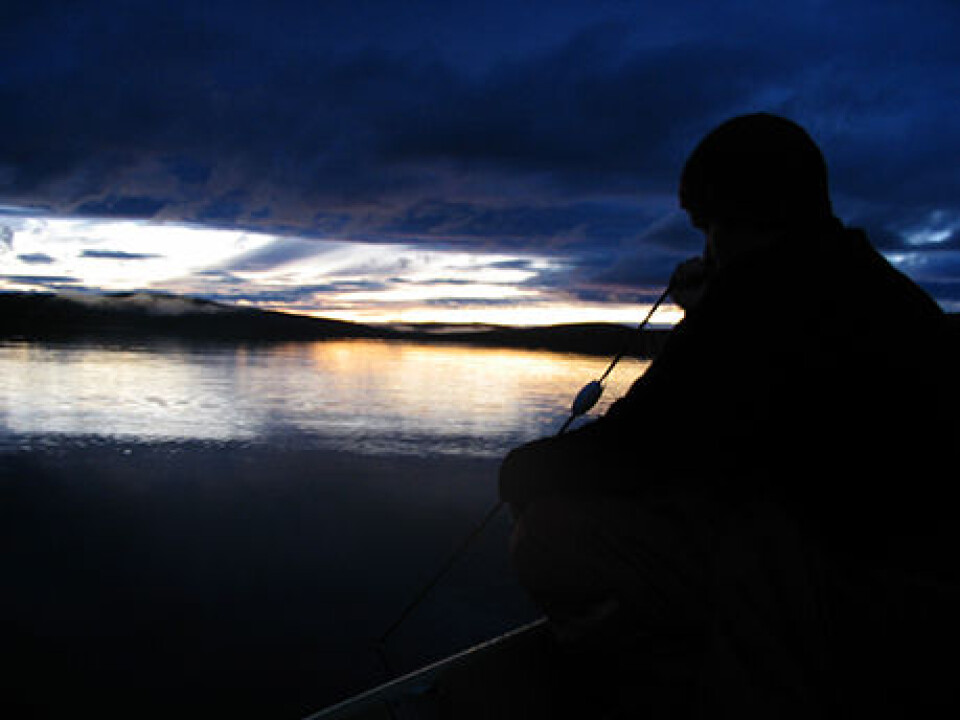
Char, especially appreciated by gastronomes, swims in the chilly waters of the northernmost lakes. Char populations isolated into small water systems after the Ice Age are exceptionally vulnerable to climate warming - they cannot survive in warm waters.
Just below the treeline, the most important species is whitefish, which is especially vulnerable to the invasion of new arrivals. Kahilainen and his research group study the interaction between whitefish and the newcomers perch and ruffe. According to Kahilainen, interaction takes the form of battle:
"Perch and whitefish compete for food especially near the shore. And when large enough, perch will start feeding on little whitefish. Also ruffe, which is active in the night, feeds on roe and is very reproductive, threatens the habitats of the bottom-dwelling whitefish dominating the littoral waters of the Nordic lakes."
Whitefish is the most important catch for domestic use in the North. Increasing ruffe populations are not welcomed by the fishermen in Lapland, because people are not willing to eat ruffe. And neither is perch much appreciated at dinner table.
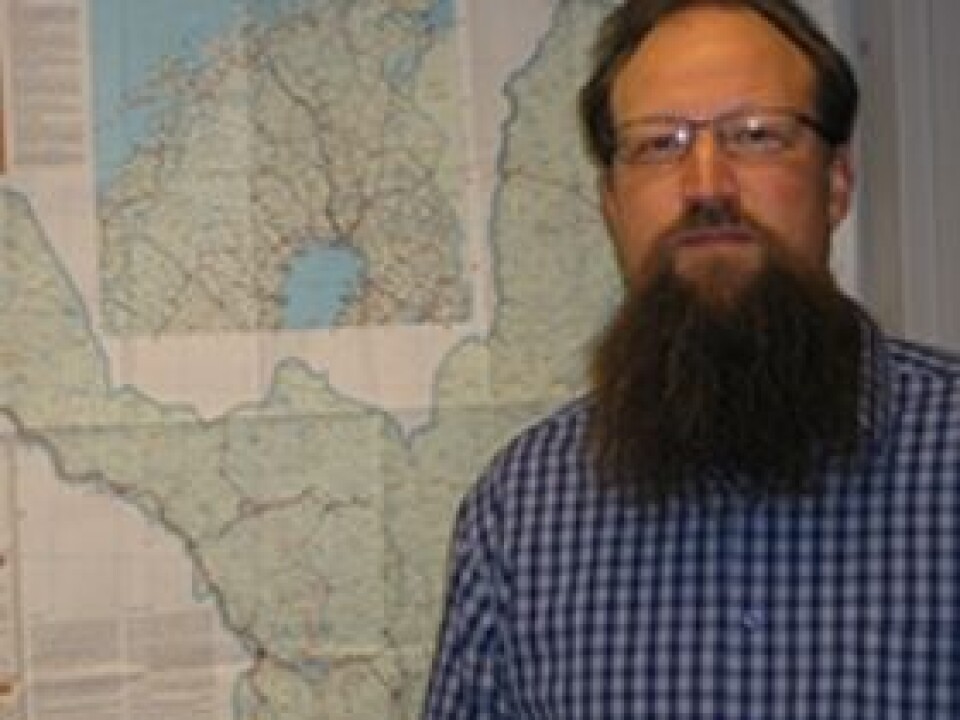
The research objective is to generate an overview of the situation in subarctic lakes by analysing depth graphs, samples of feed and benthos, and test catches.
"We started our field research in Kilpisjärvi and have now reached Muonio. In the Kilpisjärvi region, the proportion of whitefish in our test catches was 90 percent, whereas in Muonio, the proportion was only 5 to 10 percent. Already, perch is a dominating species in the Muonio, and ruffe is invading the habitats of whitefish."
Roach populations are also increasing at the Muonio latitudes. In cloudy waters, roach efficiently competes for food with perch, but its interaction with whitefish is not yet fully understood. This will be the focus of Kahilainen's research group in the summer of 2013.
Long-term research and surveillance
With the warming of the northern water systems, new species extend their ranges to the lakes of Northern Lapland, natively poor in species. These new arrivals will alter the fish community structure of the water systems.
According to Kahilainen, the native species will not disappear immediately, but in the future the new arrivals may invade even the habitats of char, which thrives in the most chilly waters.
The researchers are also looking for ways to slow down the climate change, and participate in developing adaptation plans.
"We co-operate with Metsähallitus, for example, to save the char stocks. The effects of climate change can be slowed down by implementing measures to protect fish stocks. The roach and ruffe populations can be reduced by fishing and by managing the predator populations. In any case, determining the effects of new arrivals requires long-term follow-up and research", Kahilainen says.
